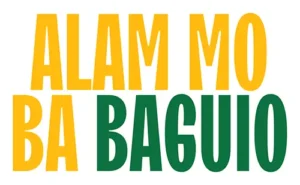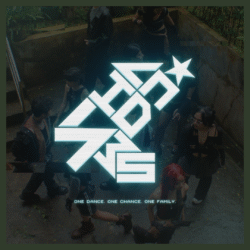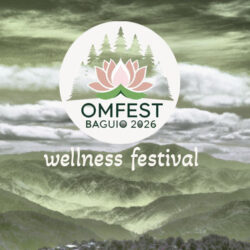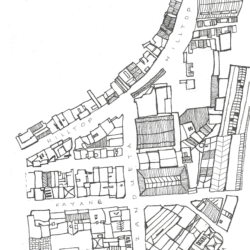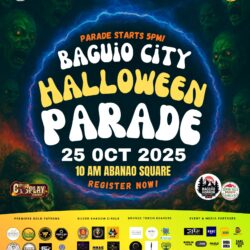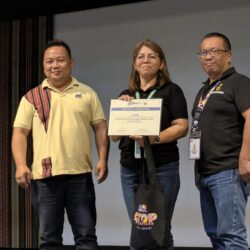Stories That Live Within The Palengke
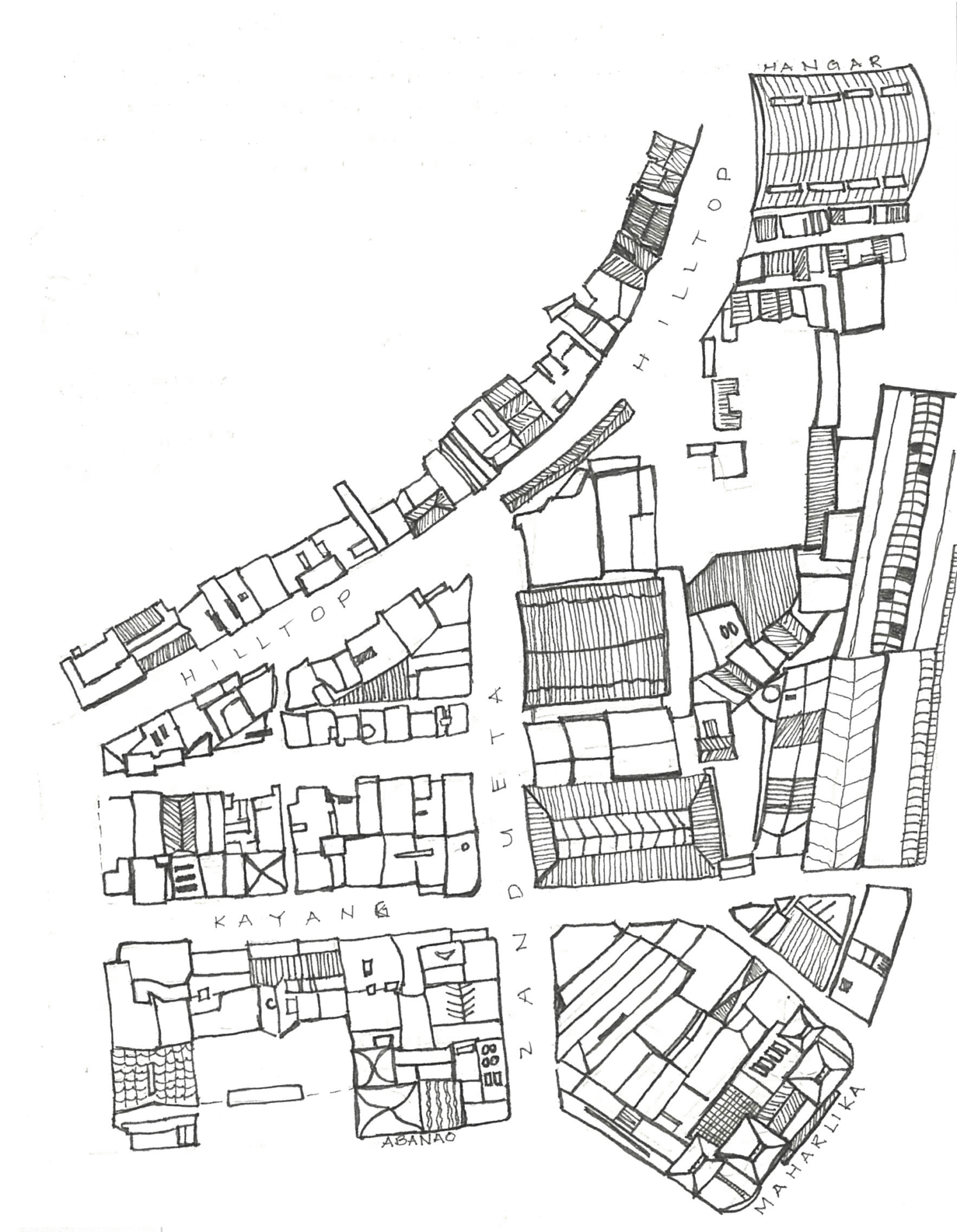
Where can you buy childhood memories?
You can’t, but the Baguio Public Market keeps them alive .
I joined with one of Ili Press’ editors for an intimate walk through the Baguio Public Market, the rows of stalls and labyrinthine alleyways, where fresh vegetables, poultry, meat, seafood, local coffee pasalubong are sold and tailors and embroiderers work their craft. It is also where my guide had spent their formative years.
The Baguio Public Market is far more than the tourist section; it sprawls across three and a quarter hectares, with buildings from different eras standing side by side. It’s a sensitive time to discuss the market’s history, with redevelopment plans once again on the horizon.
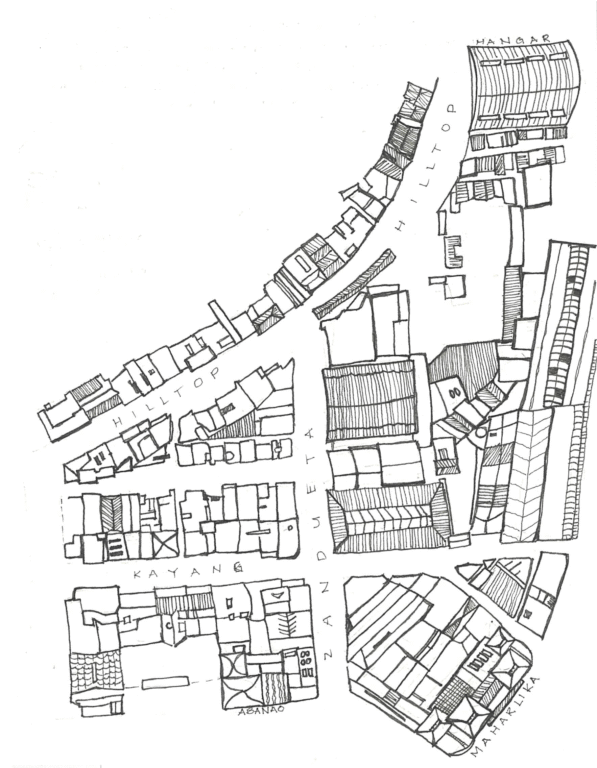
Starting with two cups of the famous Milky Binatog on Magsaysay Avenue ( an icon since it first opened in 1993 – sweetened boiled corn with shredded coconut and Alaska Milk). Simple, delicious street food that we took through a side door into the Maharlika Livelihood Center.
We spoke at length about the shifting trends in businesses and those that remain constant, the many computer stores and internet cafes that existed before more affordable home internet, their modern replacements selling mobile phone covers and screen repairs, and those businesses like Bon Chic that have remained since childhood. We ventured upstairs to where the tailors weave the potential of new memories into formal dresses or fancy dress costumes as they have done for generations of Baguio graduates.

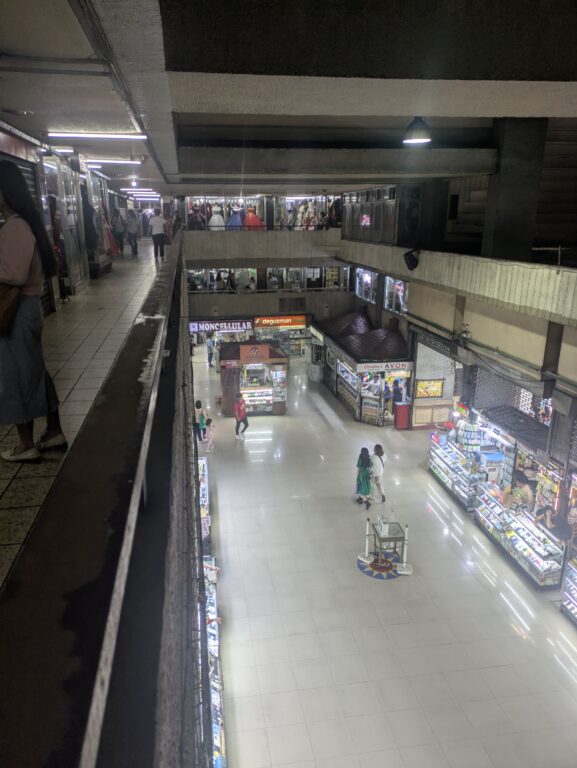
Climbing further still we went onto the rooftop, where memories of open spaces and temporary structures with KTV bars have been replaced by a busy carinderia and a massage centre run by the visually impaired, but the same pathos of community and shared spaces persist.
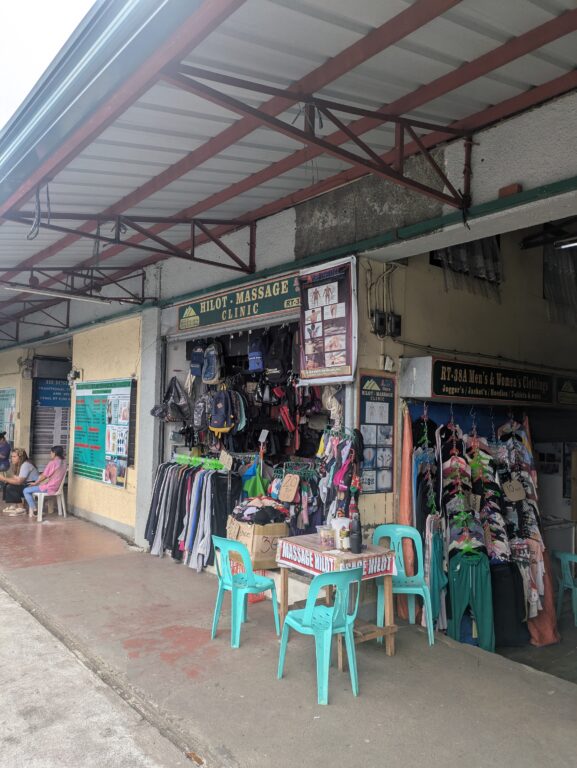
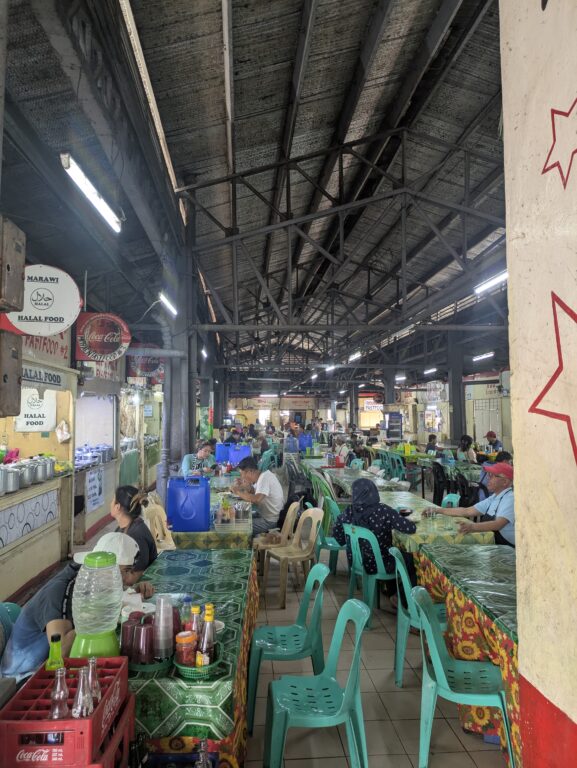
Leaving the upper floors behind, we step back into the sunlight and towards Zandueta Street, where the market spills onto the road. We walk past the flower stalls on Zandueta Street, these aren’t the local ones Baguio residents go to, those hide deeper in the market and offer wholesale prices, but here at streetside they are a beautiful burst of color. We pass the doorway where, I’m told, the best local inuman can be found, but it’s still early to hear glass bottles clinking, before stepping into the market proper.
Every corner has a story to be recounted, whether it’s about coconut flour, moma vendors, merienda stalls, or the history of relocation with some stores, such as the removal of ambulant vendors from the street side, or the rehousing of the wagwagans onto Hilltop Street following the fire in block four and the expansion of the Baguio POSD offices.
We people watch while chatting outside Cueva’s Bread, before heading into the heart of the Baguio vegetable industry, the Hangar Market. The Hangar Market is so named due to an aircraft hangar being moved in 1955 to provide shelter to the hundreds of vendors inside. The layout of the hundreds of stalls is orderly, with alleyways named after different produce – Pepper Alley, Sugarbeet Alley, etc. There are numerous people inside, but as it’s after lunch, the crowd is thinner.

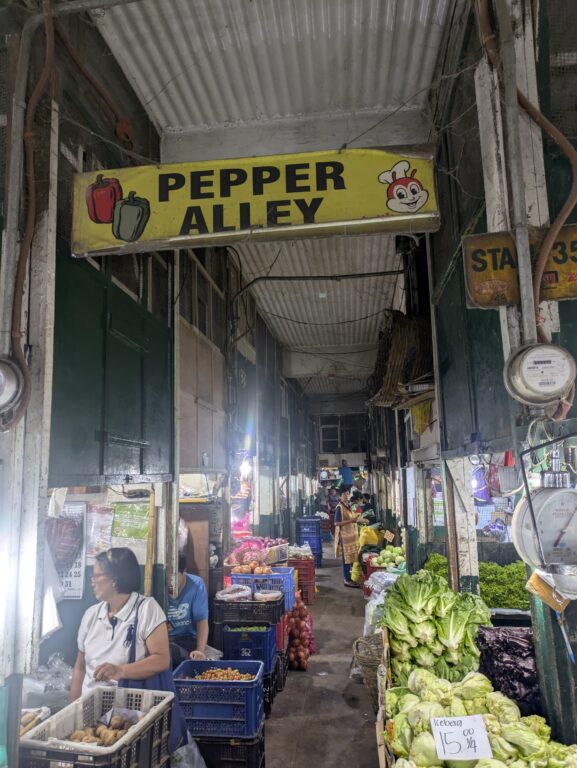
We eat lunch at Mary’s, a two-storey carinderia tucked in a corner of the Hangar Market. Our order is Mary’s Best and Mary’s Special with kape and tsaa (there’s enough food for four) and find a seat upstairs among market workers and students. Mary’s has been in the public market since 1973, and with its popularity it’s not hard to imagine it being there another 50 years.
While chatting over the delicious food I talk about my own memories of childhood, where my elementary school was turned into a Stockland’s shopping mall and the main street’s character was made indistinguishable from any other town, and the sadness of having those childhood memories orphaned.
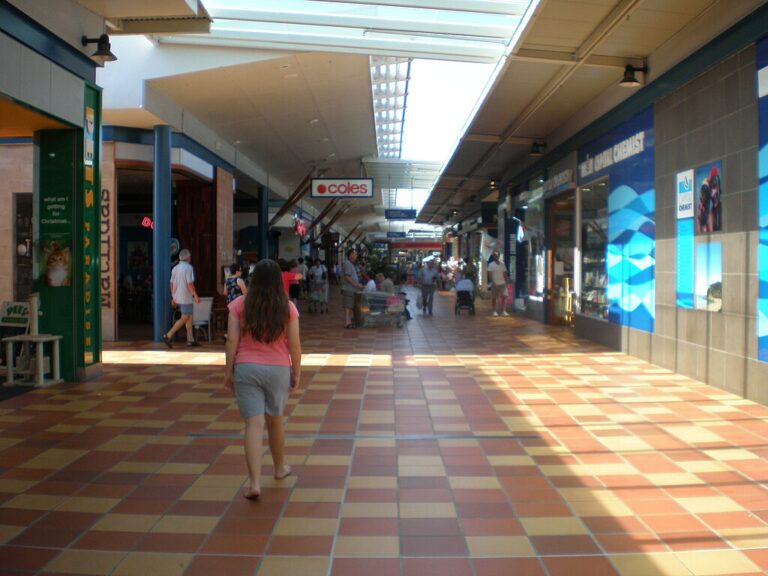
I think of my guide, of the thousands of daily marketers, the students, bar patrons and the vendors, carienda staff and komboys who serve them. I know you cannot buy memories from childhood but walk through the Baguio Public Market, and you’ll find them in the scent of freshly ground coffee and the unbroken hum of trade that has outlasted generations.
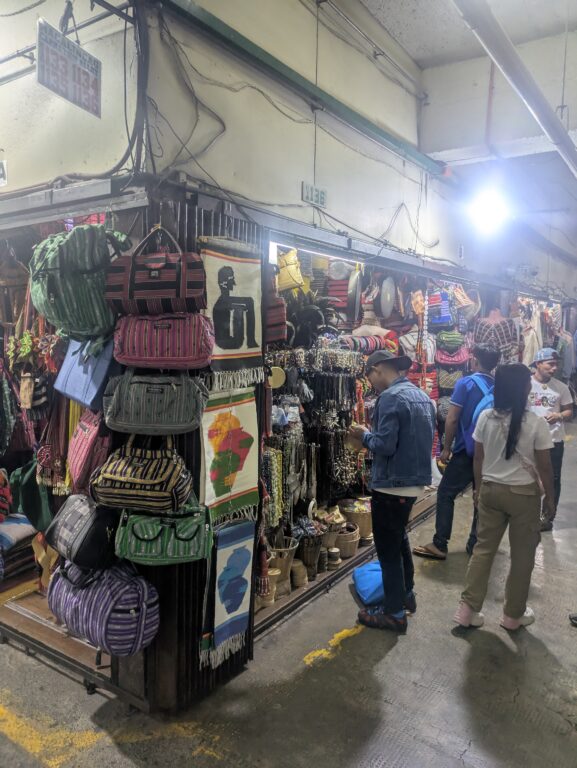
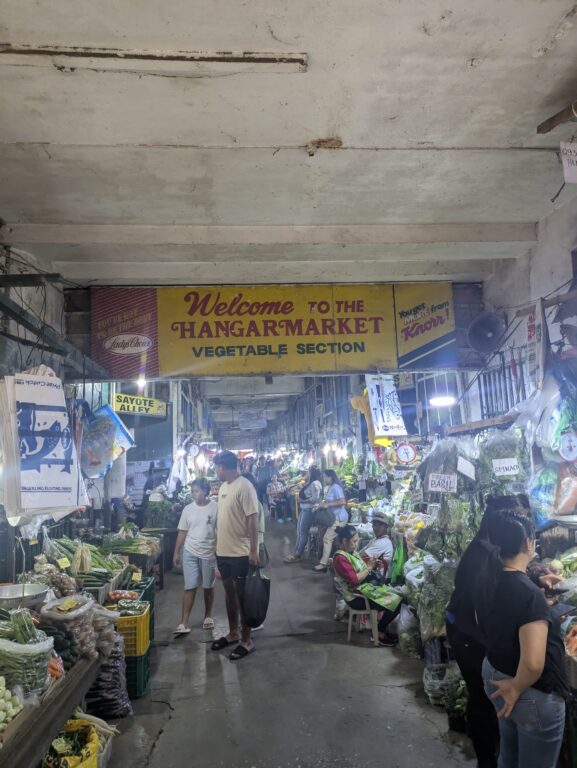
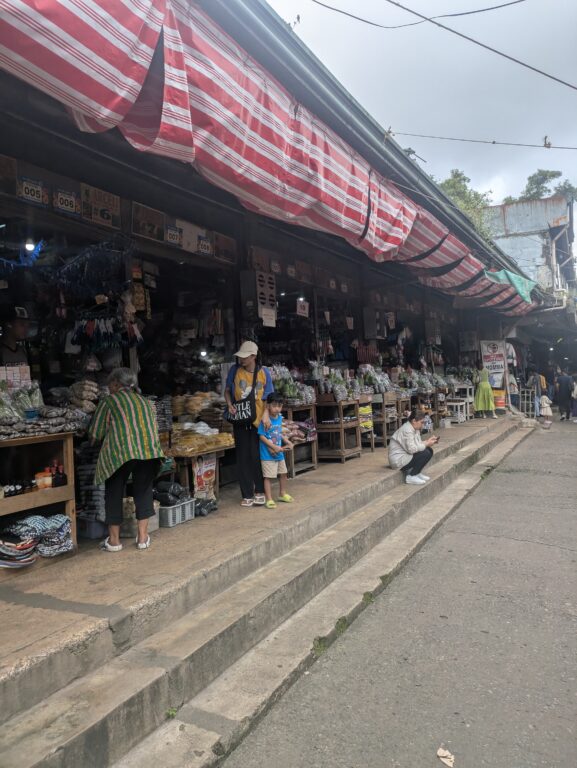
ili press is a free digital and print platform for the modern Cordilleran reader, by the modern Cordilleran writer. They’re a bunch of cool aunties based in Baguio City.
Submissions for zine two Nadumaduma: Istoria Para Iti Palengke are now OPEN
https://ilipress.wordpress.com/submissions/
